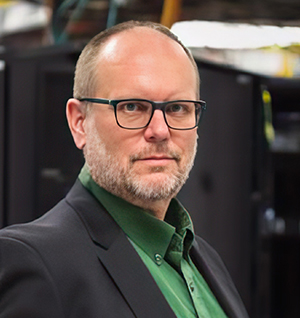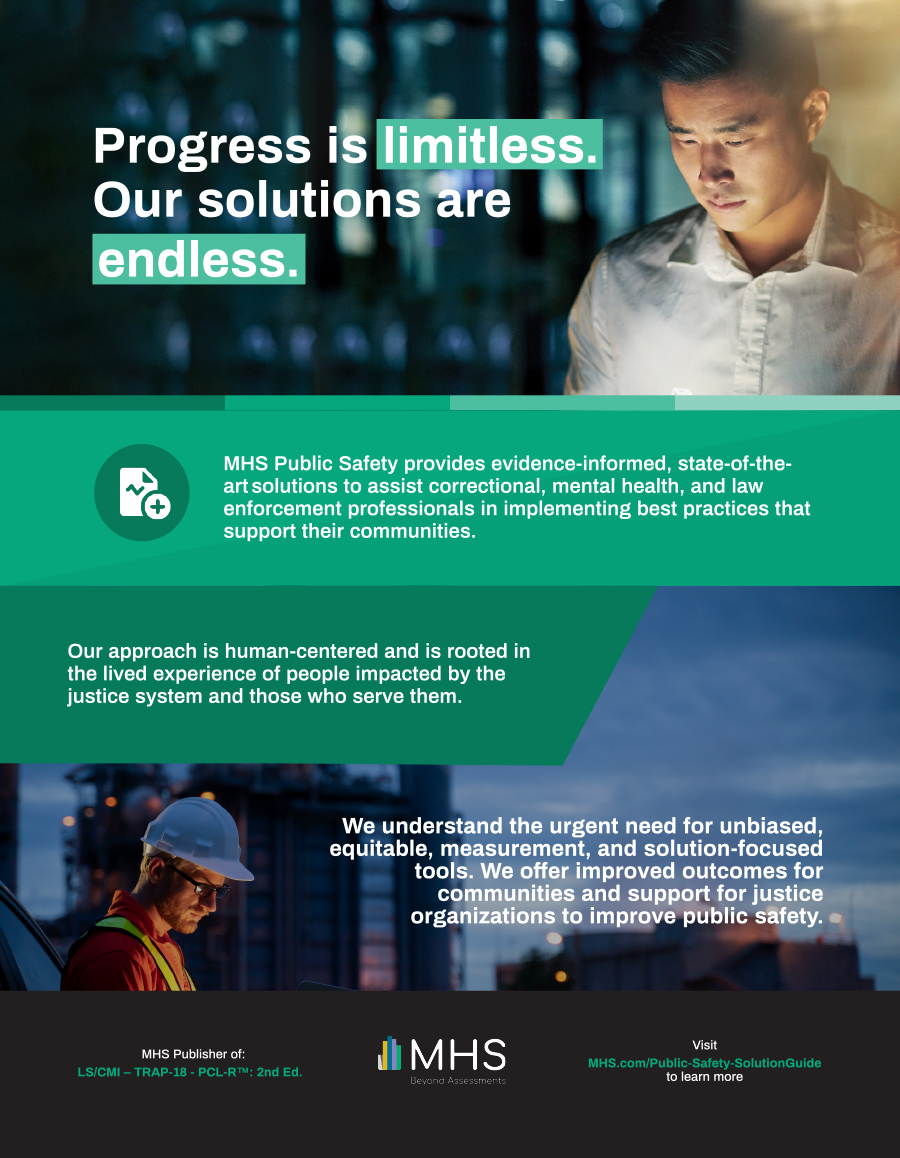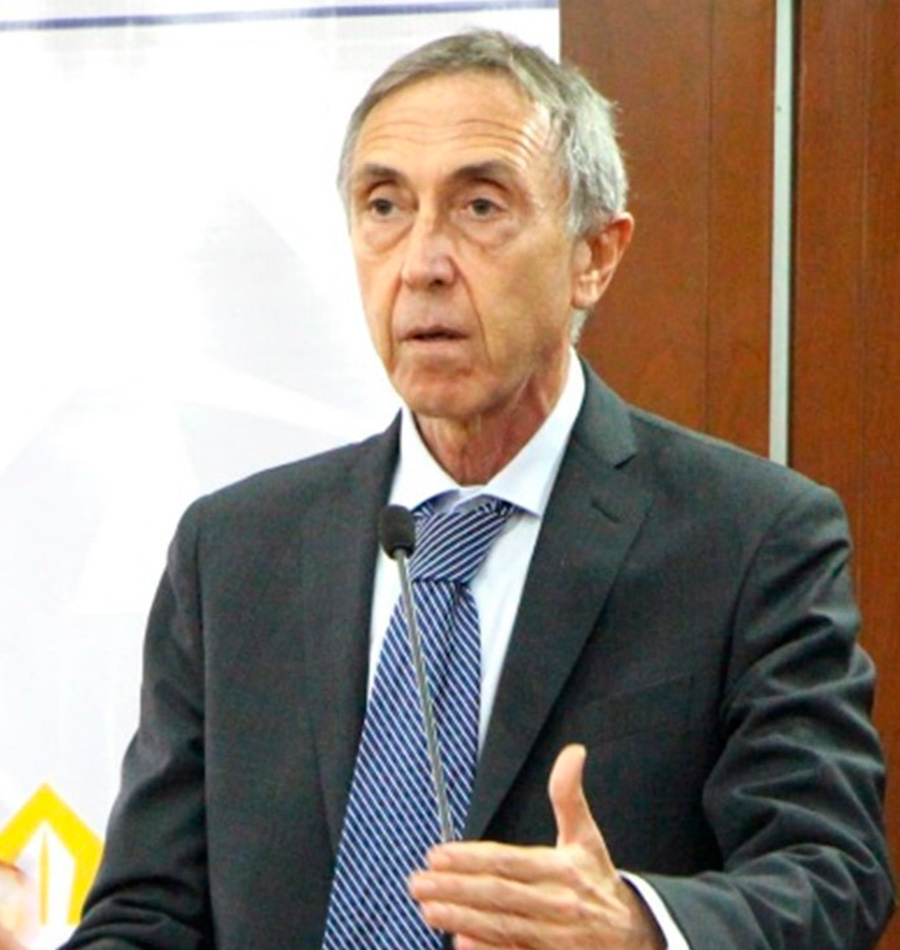Article
Mike Sparling
The COVID-19 pandemic has brought about years of change in the way companies in all sectors and regions do business.
According to a recent McKinsey Global Survey of executives, companies have accelerated the digitization of their customer and supply-chain interactions and their internal operations by three to four years.
The ongoing rapid digital transformation of work has created a new problem, “digital sprawl” – the continued adoption of new systems that download integration and unification of results on the creators and professionals in organizations. This “digital sprawl” directly impacts employees and their productivity.
In Gartner’s Digital Workplace Productivity Report, 2020, it is noted that “[t]he proliferation of applications and platforms has led to a strong reductionist desire to accelerate our shift towards a singular, seamless workplace experience where employees have all they need to do their best work in one place.” Finding a strategy to optimize digital workflows while improving productivity is at the heart of this new challenge.
In a public safety setting, adapting to digital workflows and incorporating new assessment methods through enterprise business systems has been no different.
Change is hard for all organizations; it is even more difficult for large public sector organizations that are unlikely to see a significant financial reward for their change efforts.
Digital transformation speeds up tasks but at the cost of increased complexity resulting from inflexible work processes and systems.
Adapting to new technologies that streamline and improve safety is crucial
The points of digital integration in a justice-involved individual’s journey span from initial contact through to rehabilitation.
This journey interacts with many stakeholders, participants, and systems that share a common set of goals yet, generally share very little about what should be an integrated approach.
Advocates and support providers are unaware of each other’s actions, while corrective actions and monitoring stakeholders have incomplete views of the triggers and interventions that are meant to work together to address an individual’s rehabilitation.
Further, the individual usually has little opportunity to add their input and data into the system – the various tools used along their journey all function to serve the system, not the individual.
In short, while the system attempts to do the best it can for each individual, the result is often a system unable to optimize and personalize the overall program that would best aid the individual in question. We are well past the age of “one size fits all” solutions, and corrections and public safety are no exception. The available data clearly shows that bespoke programming will create optimal results for any journey-based outcome sought.
Building custom community supervision models to create a highly modernized and public safety solution
MHS worked closely with one U.S.-based Department of Corrections to help them leverage the power of digital technology. The goal was to modernize their systems, improving treatment and behavior modification practices, ultimately impacting the long-term goal of reducing recidivism.
Before using a modern digital corrections solution, this DOC used a desktop application that organized and displayed databases on a user’s local workstation. This solution offered little to no support to the day-to-day workload of the staff as it was very limited in its functionality and scope. This legacy system could not meet the gold standard of assessment and care through the Risk Needs Responsivity Model.
By building custom community supervision models for adults and youth, this DOC transformed its systems into a highly modernized and efficient business solution. This solution helped streamline their dynamic data access and retention, significantly reduced the time needed to process and manage individuals and utilized analytics to inform precisiontargeted best practices and treatment options for each individual.
This state-of-the-art transformation of a correctional organization resulted in alignment across stakeholders, adherence to industry best practices through evidence-based case management and improved and streamlined workflows for DOC employees. This effort allowed the DOC to progress through their caseloads more effectively, address recruitment and retention shortfalls more efficiently. Finally, it amplified the positive impact that correctional officers can have on the lives of justice-involved individuals.
Every organization can readily employ and automate new policies and procedures quickly within their corrections environment by implementing new technology that supports operations.
Organizations need to understand their options for integrating legacy siloed systems, so that information and workflows are consistent and correct throughout a justice-involved individual’s journey. The data for these individuals must be reliable and accurate, up-to-date, and available every step of the way.
Looking to the future, access to analytics will provide actionable information and insights for operations and decision-making both for policy and practice in corrections. Effective partnerships allow organizations to streamline systems and processes to achieve desired outcomes and solve problems.
Through consultation, stakeholder analysis, and problem redefinition, organizations can reduce silos, connect data, increase transparency, and improve data-driven decision-making across a justice-involved individual’s journey. The result of digital modernization efforts is an individual-focused treatment program to aid in rehabilitation and reduce recidivism.

Mike Sparling
Mike Sparling is the Chief Operating Officer and Chief
Technology Officer for Multi-Health Systems Inc. (MHS). He
leads strategy, business operations, technology adoption, and
research into neuroscience applications of artificial intelligence,
blockchain, and homomorphic encryption. Mike has spent over
30 years as an academic, researcher, and business leader, with
a career that has spanned countries, platforms, companies, and
minds.




